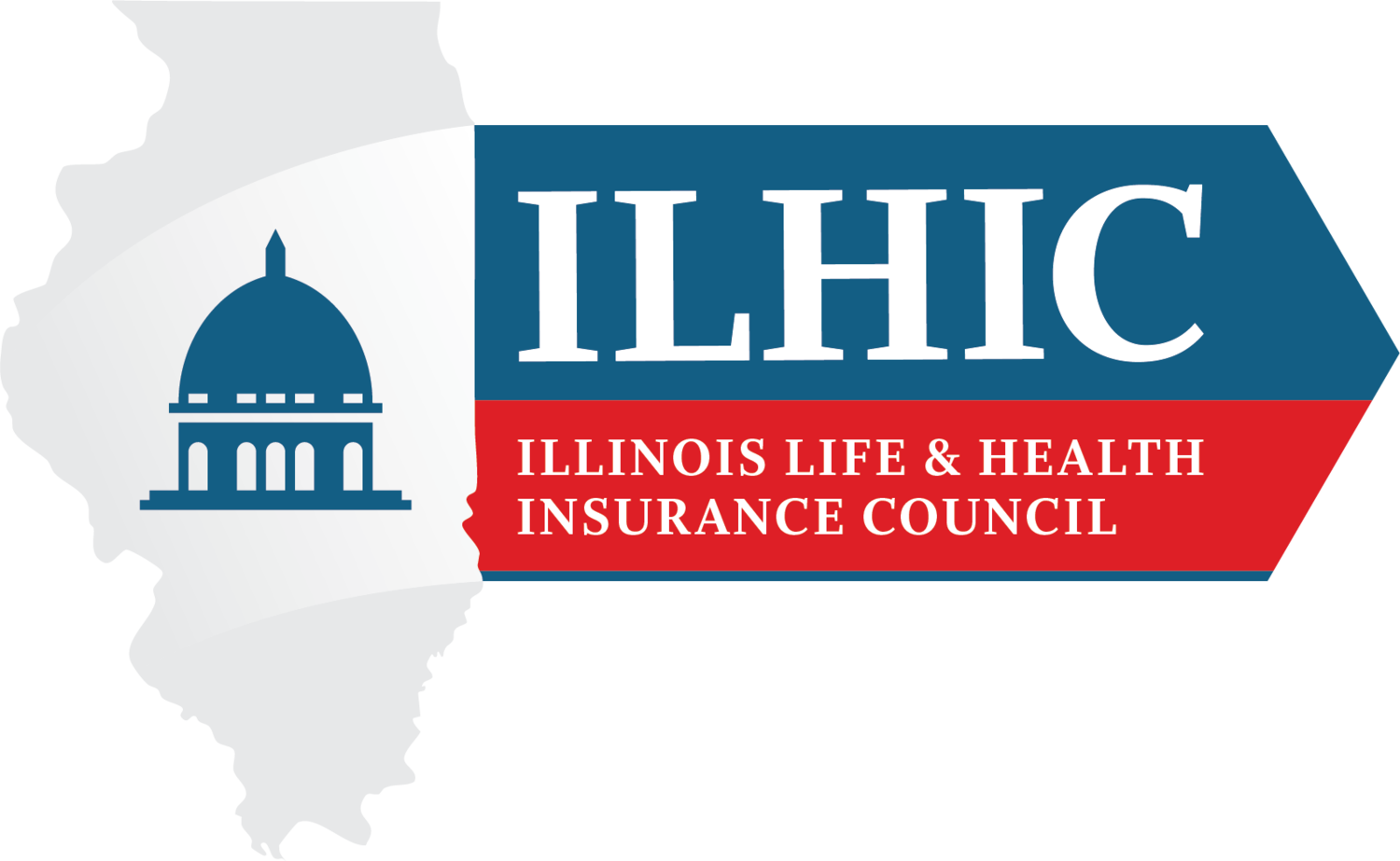The Sticker Shock of a Covid Test
Kate Morthland
We have all heard of the stories. We drink our morning coffee and commute to work and listen to the news of a consumer who was faced with a massive bill for a COVID-19 test. Usually, these stories include high sticker costs for COVID tests that would leave the average consumer scrambling to figure out how to pay for the amount amongst other important bills, such as rent or food. To further the confusion, governments and public health departments alike are spending money to promote free testing to the public. The intricacies of the marriage between state and federal regulation leave simplicity behind and gray areas abound. With testing being a critical factor to control the spread of COVID-19, policymakers are now looking at the regulatory shortfalls that create a breeding ground for price exploitation. To create an effective policy that corrects the issues at hand, one must understand the nexus.
Healthcare costs can be confusing. So often, the face value, or market value, of what something costs in healthcare can be inflated to include administrative and facility fees. The average market value cost for a COVID-19 test is $159.00.[1] Most providers charge insurance companies an average of $100.00 per test, which is reflective of the reimbursement amount that Central Management Services (CMS) set Medicare rates for COVID-19 tests.[2] However, there are outliers reflected in some hospitals, clinics, and labs, which can range from $440.00 to $480.00 per test, with the inclusion of facility administrative fees.[3] For example, one diagnostic lab facility charged $2,315 for a single COVID-19 test.[4] These prices do not vary on the quality of the analysis or testing. Instead, these high prices are caused by inflation of charges, partially caused by a federal requirement that mandates insurance companies to pay costs associated with COVID-19 testing.[5]
The Families First Coronavirus Response Act (FFCRA) requires insurance companies to fully cover the cost of COVID-19 testing. This means that insurance companies cannot charge any deductibles, co-pays, or coinsurance to the consumer for the testing of COVID-19. Coverage extends to any fees established by lab services, provider fees, or facility fees, which includes both in-network and out-of-network services. When a consumer utilizes an out-of-network COVID-19 facility, insurers have no bargaining power in the price of the test, and the charges can run above and beyond the actual cost of the test.[6] If the consumer uses an out-of-network laboratory, the lab can name its price, and the insurer is required to pay the price.[7] In a recent report, out-of-network charges inflated covid tests nearly three times the average cost.[8]
The Coronavirus Aid, Relief, and Economic Security (CARES) Act requires providers to publicize the cost of the COVID-19 tests, but there is no benchmark for what is considered “reasonable pricing” because the law did not set an upper limit to the cost of tests. This has created a “wild west” of test pricing where testing facilities take advantage of the pandemic to fuel a multibillion-dollar operation.[9] This exploitation is so rampant that some laboratory facilities are popping up with little to no background in science or medicine.[10] One laboratory operating in the Midwest previously invested in car washes and real estate before opening a testing facility.[11] That same testing facility charged $380.00 for a rapid antigen test that costs $24 dollars for a two-pack at your local convenience store. Laboratories can charge inflated pricing because they know that insurance companies are mandated to pay the bill as required by the federal government.[12]
So, who pays the price for the inflated costs of tests? Unfortunately, the costs come out of the consumer’s pockets in the end. Insurance is required to cover the costs of testing at whatever price point is set without negotiation. The lack of bargaining power, coupled with extremely high testing costs, results in higher premium costs to the consumer. It’s easy for governments and advocates alike to point fingers at the insurance companies for large testing bills. However, with requirements that insurers must provide coverage for testing for both in and out-of-network providers with no cost-sharing to the patient, blame is not so easily placed. The cost of health insurance is a direct reflection of the cost of healthcare. Until the government addresses the cost of testing, there is the opportunity for price gouging and market exploitation that ultimately hurts the consumer the most.
[1]Covid Testing Has Turned Into a Financial Windfall for Hospitals and Other Providers; Jay Hancock and Hannah Norman; Kaiser Health Network; Covid Testing Has Turned Into a Financial Windfall for Hospitals and Other Providers | Kaiser Health News (khn.org); (May 8, 2021).
[2] Why your coronavirus test could cost $23- or $2,315; Advisory Board; Why your coronavirus test could cost $23—or $2,315 (advisory.com); (June 17, 2020).
[3] Id. at 1.
[4] Id. at 2.
[5]Id.
[6]Id. at 1.
[7] Id. at 2.
[8] A Test Costs What? Pricing and Reimbursing COVID-19 Tests; Chistopher Ondeck et. Al; The National Law Review; Pricing and Reimbursing of COVID-19 Tests (natlawreview.com); (March 8, 2022).
[9] How Much Should It Cost to Get Tested for COVID-19?; Adam Tanner; Consumer Reports; How Much Should It Cost to Get Tested for COVID-19? - Consumer Reports; (Published Jan. 6, 2022; Updated January 11, 2022).
[10] Id.
[11] Id.
[12] Id.
